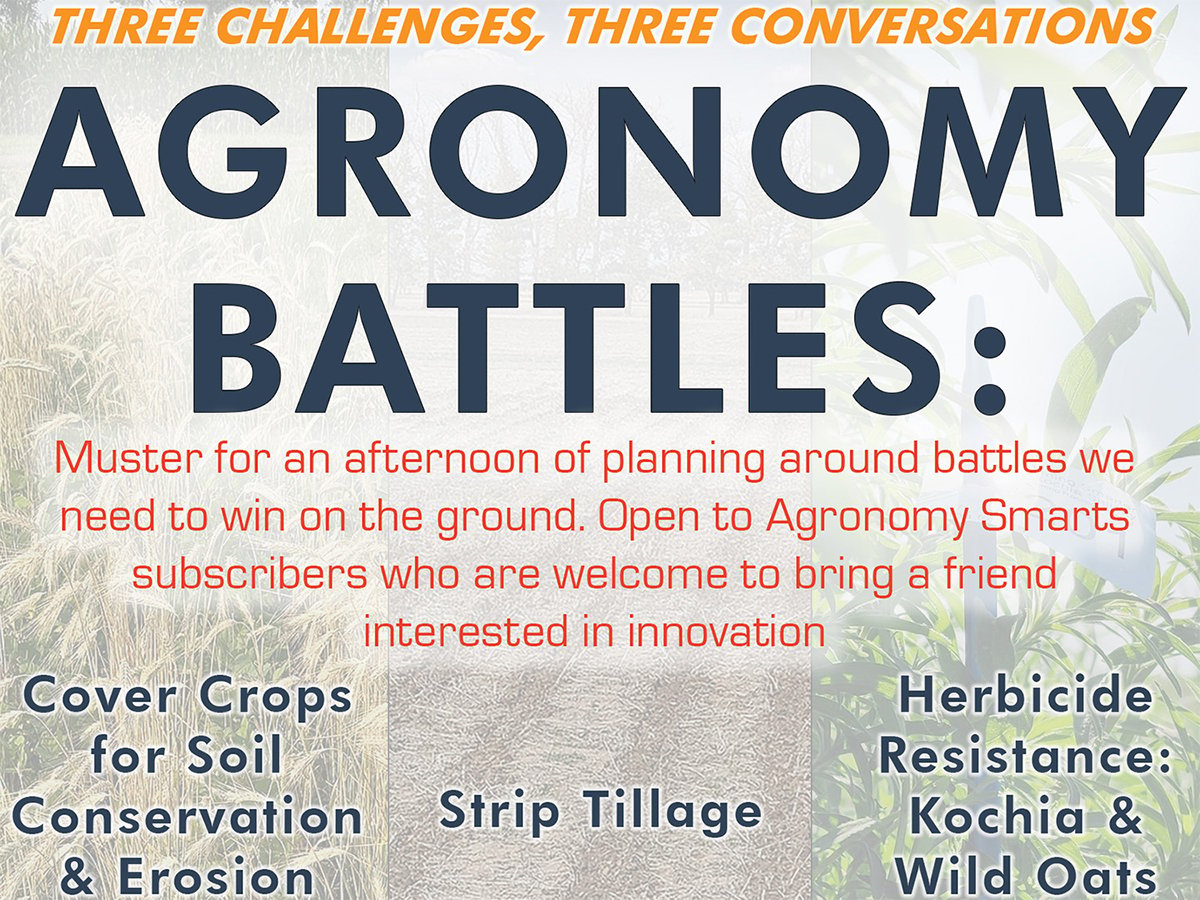After years of stagnation and doubts about the future, Manitoba’s dairy farmers are enjoying expansion and new hopes for the future.
It’s been a remarkable turnaround in mood for an industry that was lingering under a darkening cloud until recently.
“We’re positioned for future growth,” Manitoba Dairy Farmers chair David Wiens said at the Manitoba Dairy Conference.
Manitoba’s milk production was allowed to rise by 12 percent in the last year, which Wiens said was “extremely significant.”
For many years most Canadian dairy herds saw dairy quotas increase by less than three percent a year as domestic milk consumption stagnated.
Read Also

Farming Smarter to hold Agronomy Battles series
Southern Alberta non-profit research institute hope grassroots sessions with producers help focus future research on cover crops, strip tillage and herbicide resistance
However, an international trend toward more consumption of high butterfat products such as cheeses and sauces has seen milk demand increase overall.
That had been creating a crippling production problem in Canada because an inflexible pricing regime was seeing fat production fall short while skim milk production surpassed demand, at its relatively high price. This caused cheaper U.S. milk protein ingredients to flow to food processors while Canadian dairy plants ended up with more surplus skim milk.
Manitoba and Ontario championed a new pricing approach that provided skim milk to processors at a much cheaper price, thereby stimulating processor demand and cutting the legs out from under imports.
One of the results was a big new plant in Winnipeg and the expansion of a number of other processors, as well as on-farm processors.
The strategy triggered the Winnipeg plant investment and the 12 percent growth of milk demand, Wiens said.
“We surprised a lot of people by that,” he said.
The growth in milk demand means farmers are willing to continue to invest in their farms, which often now contain robotic milking.















